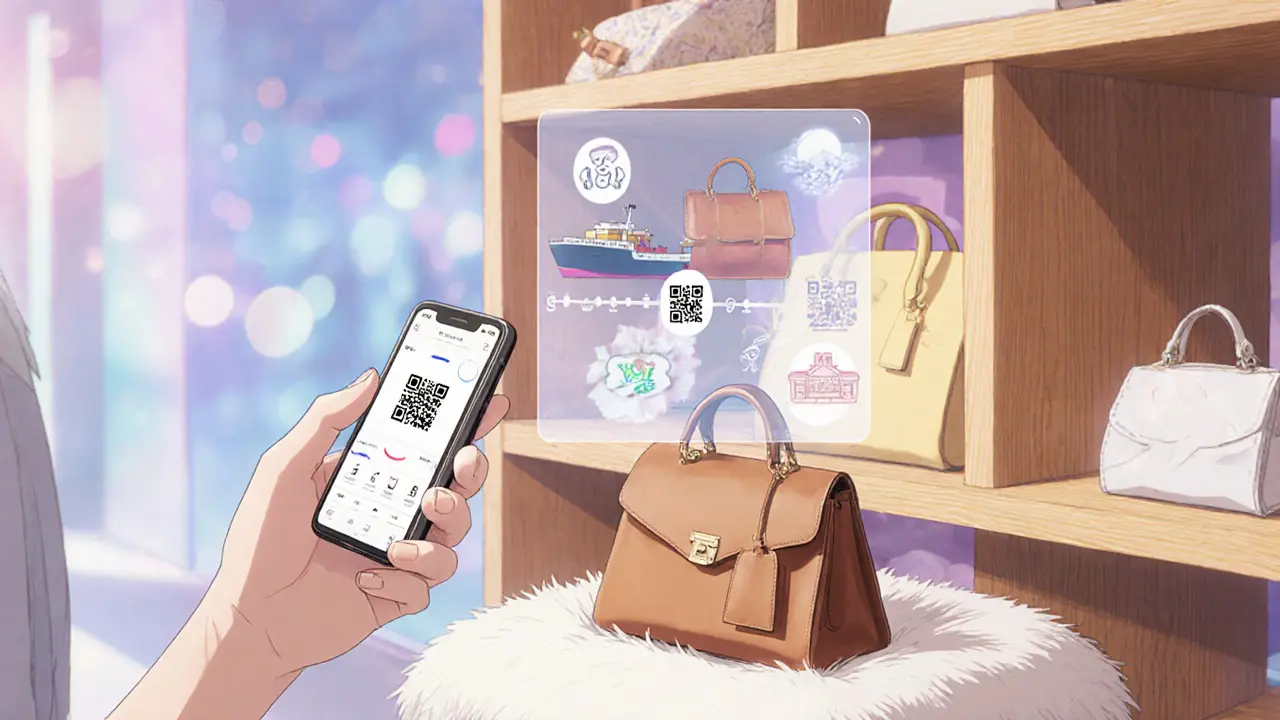Supply Chain NFTs
When working with Supply Chain NFTs, digital tokens that represent physical goods in a supply chain, enabling immutable tracking and ownership verification. Also known as SC‑NFTs, they bridge the gap between digital assets and real‑world logistics.
The backbone of this innovation is the NFT, a unique, non‑fungible token on a blockchain. Unlike regular cryptocurrencies, an NFT can carry distinct metadata that ties it to a single product, batch, or container. Pair that with a blockchain, a decentralized ledger that records transactions securely and you have an audit trail that cannot be erased or tampered with. This combo creates a trustworthy digital fingerprint for every item that moves from factory floor to retailer shelf.
Why Tokenization Matters for Modern Logistics
At its core, tokenization, the process of turning real assets into digital tokens transforms physical goods into traceable data points. When a product is minted as a Supply Chain NFT, its provenance, temperature history, and ownership changes are recorded automatically. This level of visibility helps manufacturers cut counterfeit risks, lets retailers verify authenticity, and gives consumers confidence about product origins. In practice, a coffee farmer can issue an NFT for each batch, and the downstream buyer can see exactly where the beans traveled, who handled them, and whether organic standards were met.
Automation comes from smart contracts, self‑executing code that automates agreements on a blockchain. When a shipment reaches a checkpoint, the smart contract can release payment, update status, or trigger compliance alerts without human intervention. This reduces paperwork, speeds up settlements, and minimizes disputes. For example, a logistics provider can embed a clause that pays a bonus if delivery occurs within a certain window; the contract checks the timestamp on the NFT and executes the payout instantly.
Supply Chain NFTs also open doors to new business models. Companies can fractionalize high‑value assets—like luxury watches or rare minerals—by issuing multiple NFTs that each represent a share of ownership. Investors can trade these shares on secondary markets, unlocking liquidity for traditionally illiquid goods. At the same time, auditors can verify that each fractional token maps back to a verified physical item, thanks to the immutable link stored on the blockchain.
From a regulatory perspective, the transparency offered by Supply Chain NFTs aligns with emerging standards for traceability. Governments are pushing for digital records of food safety, pharma authenticity, and responsible sourcing. By embedding compliance data directly into the NFT metadata, firms can demonstrate adherence with a single click, simplifying audits and reducing compliance costs.
While the technology is promising, implementation requires careful planning. Companies must choose a blockchain that balances scalability, cost, and environmental impact. Public chains like Ethereum offer strong security but can be pricey during peak usage; layer‑2 solutions or permissioned ledgers may provide smoother performance for high‑volume supply chains. Selecting the right token standard—ERC‑721 for unique items or ERC‑1155 for semi‑fungible batches—also influences how easily systems can integrate.
Security is another critical factor. A compromised private key could allow an attacker to alter ownership records or forge NFTs. Best practices include hardware wallets, multi‑signature controls, and regular audits of smart contract code. Partnering with experienced blockchain developers helps ensure that the NFT contracts are free of vulnerabilities before they go live.
In short, Supply Chain NFTs bring together the uniqueness of NFTs, the trustworthiness of blockchain, and the automation power of smart contracts to reshape how goods move around the world. Below you’ll find a hand‑picked collection of articles that dive deeper into token mechanics, real‑world case studies, and step‑by‑step guides for getting started. Whether you’re a founder looking to pilot a pilot project or a supply‑chain manager curious about the latest trends, these resources will give you the practical insight you need.






